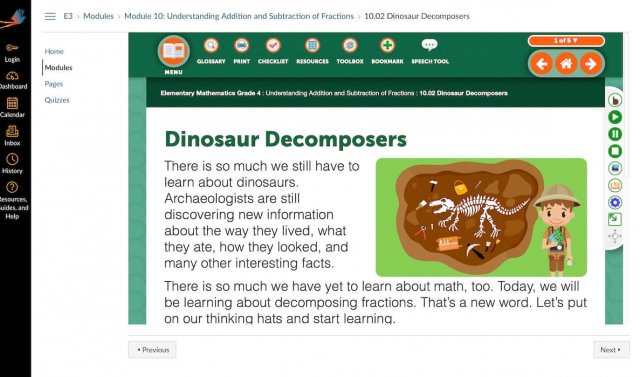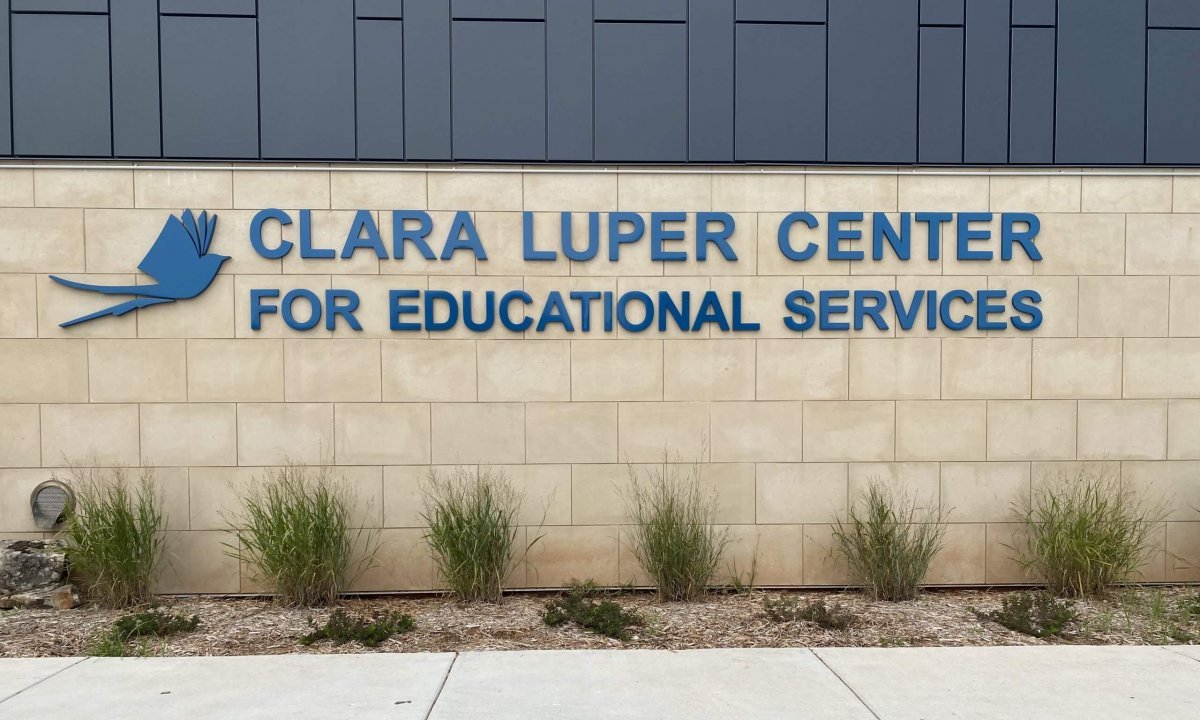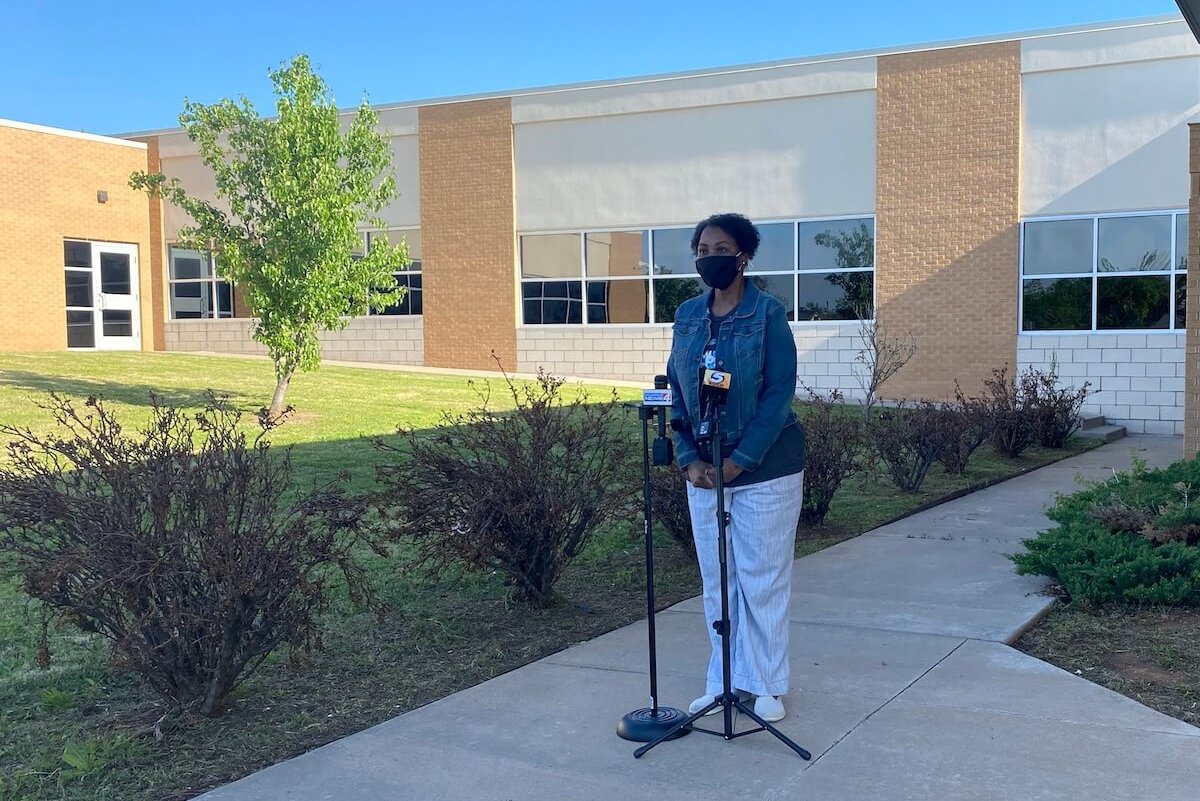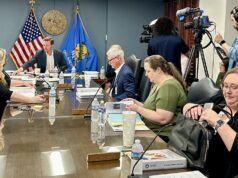

Oklahoma City Public Schools administrators admit their first year using the remote e3 Online Learning platform felt rushed and rocky to many families, but the district is making adjustments in response to parent complaints and will continue using e3 next school year.
The platform, developed by the Ayers Institute for Teacher Learning & Innovation at Lipscomb University, in Tennessee, allows schools to offer 100 percent online instruction. OKCPS had begun developing an e3-based program during the 2019 school year, planning to offer it as an option in the future. But the COVID-19 pandemic forced an early launch, and about 4,000 OKCPS students were enrolled in e3 for the 2020-21 school year.
Some parents in the district say they have encountered technical issues and design flaws while using e3, such as problems with courses being loaded onto the platform, and some have objected to the way they platform was presented and communicated to them.
“It’s been a nightmare, to be frank,” said OKCPS parent Jenny Grigsby, whose sixth-grader began e3 in November. She said she will not be enrolling him in e3 next year. “It took forever to get the classes even loaded right. My son was getting very discouraged because he was starting out at a significant deficit. The actual instruction, the curriculum, is horrible. So he’s looking at hours and hours of mind-numbing, boring, awful work.”
OKCPS, meanwhile, remains optimistic that the platform can be a success.
“E3 Online Learning provides a huge opportunity for our families to have their children learn 100 percent from home while remaining an integral and important part of their neighborhood school,” said Kenny Ward, OKCPS director of online learning, during an April press conference about the decision to continue using e3.
Going into the next school year, however, e3 will be offered with a number of adjustments in an attempt to address the needs of students and families.
‘A parent shouldn’t have to kick and scream’
Grigsby said her son had problems with e3 as soon as he started using it, and she had a difficult time getting the district to address the issues.
“When he started the second nine weeks in e3, there was only one class that was loaded properly,” Grigsby said. “All of the other classes that he had, eight or nine (classes), were not loaded properly, meaning he was starting a week to two weeks behind in every class. Every class had two to three assignments per day, so that’s a significant amount of work he was supposed to catch up on because it wasn’t set right.”
One class erroneously showed him behind by 119 assignments. She said it took weeks of contacting the school to get the courses adjusted.
“A parent shouldn’t have to kick and scream to get someone to actually take a look at a potentially large problem,” she said. “It took weeks, many phone calls, many emails. I started contacting the district and got nowhere until I started calling and trying to get to the superintendent, and finally the man in charge of the e3 program called me back. I had to work to convince him that there was any sort of problem, which was shocking to me.”
Andrew Rose, a former OKCPS teacher who resigned to care for his children during the pandemic, enrolled his kindergartener in e3 this year because he felt it was the safest option.
Rose said he doesn’t recall much information about the program being provided by the district, other than that it would be self-paced and mostly self-led.
“We definitely had to learn on the fly. I think the thing that surprised me the most is the amount of language on each slide,” Rose said. “It’s too much to relay word-for-word to my student. I found myself scanning the screen for the most important idea and paraphrasing. There’s absolutely no way a student could tackle that on their own, and it can be extremely tiring and frustrating day after day.”
Because he was trying to juggle another child’s education while guiding his kindergartener’s learning, Rose said it was easy to fall behind.
“We still haven’t completed all the modules and will not be able to do so by the end of the school year,” he said.
Rose said he did not want to give the impression that his family’s entire e3 experience was negative.
“This was the safest option, and my student has shown enough mastery through their various assignments and assessments that I feel confident in them being ready for first grade,” he said.
Rose said the discussion-based assessments — which are 15-minute virtual student/teacher conversations built into some lesson modules — have been the highlight of his child’s e3 experience.
“I would have loved more structured screen time with our teacher and/or a group of students. The best part of my student’s experience was seeing and talking to her teacher on screen for the discussion-based assessments,” Rose said. “Mrs. Hunter, our teacher, was quite frankly the best part of e3 and our school year. She gets it.”
‘We were building the plane as we were flying it’
District officials acknowledge that the launch of e3 was rushed because of the pandemic, leading to some of the frustrations from parents.
“We were building the plane as we were flying it,” said Tracy Skinner, OKCPS assistant superintendent of academics. “So there were things we didn’t have the time to think about and really pre-plan. We had some obstacles we had to solve along the way.”
The OKCPS e3 program uses curriculum created by the district for pre-K students, curriculum from Florida Virtual for kindergarten through fifth grade students and Edgenuity curriculum for sixth through 12th grades. Courses are monitored and supported by certified OKCPS teachers, counselors, school psychologists, special education teachers and administrators.
Next school year, Skinner said OKCPS’ e3 program will require weekly meetings between teachers and students. There will also be scheduled small-group times and office hours when teachers will be available to meet with students.
“There will be synchronous sessions with the teacher,” Skinner said. “Our hope is that we don’t have any kids falling through the cracks.”
Skinner said another effort by the district to keep students on pace will be a tiered system of support for student absences.
“If we see that a student isn’t on the platform and isn’t showing up to some of the synchronous sessions, we have a tiered system of supports from our social workers, to our counselors, to our site administrators, to some student specialists to connect with the family to see ‘Where are you, what’s the breakdown in communication on what you’re expected to do, and how can we help you, what services do you need?'” Skinner said. “We’re trying to find wrap-around supports for our e3 students as they need it.”
Special education, newcomers, ELL support
Another adjustment will involve strengthening supports for special education students in e3. During the April press conference, Ward and OKCPS assistant director of online learning Carson Cramer said there has been collaboration with the special education department in order to strengthen these supports.
“When it comes to special education, one of the things we will have next year is a team of special ed teachers assigned to e3,” Ward said. “They will be the case manager for those students and attending to them weekly so we don’t have any of those situations if they choose to be part of this.”
Skinner said while there were special education teachers for e3 this school year, they were teaching traditional classes as well. For the upcoming school year, these teachers will be dedicated specifically to special education students.
Skinner said the district is currently working on developing its own e3 curriculum for “newcomers,” meaning students who have come to the United States within the last two years. English Language Learning students in e3 will be monitored and assessed on an individual and regular basis for progress and achievement of content and language goals, with English Language Development teachers providing extra support to these students.
Understanding e3 Online Learning

The district is also making efforts to ensure that parents and students know exactly what they’re signing up for with the e3 program. Cramer said the district has developed an overview course online so families can view examples of the content and lessons their students will use.
“I think that was one of the hard pieces for families, understanding what this looks like and us being able to communicate it well without showing them,” Cramer said. “That was something that we heard and have addressed. (…) So they can see it’s not something you can put a kid in front of and it’s going to teach them to read. There’s support needed from the teacher (and) from the parent, so we wanted families to get to see that and what it looks like.”
He said the district will also be in touch with families after they sign up to limit surprises.
Students who enroll in e3 for the upcoming school year will have to make a semester-long commitment to the program. That’s a change from this school year, where students had the opportunity to opt out of the program and enroll in traditional classes at the nine-week mark.
“Of course, there are always exceptions,” Skinner said. “It will all just depend on the circumstance of the kid and what is best for the kid at that time.”
‘This is a world-class curriculum’

During the April press conference, Ward said even though this school year was difficult owing to the pandemic, OKCPS had “quite a bit of success” with e3. He said that during district-wide benchmark tests, e3 students scored the highest.
Sadoka Chandler is a fourth-grade e3 teacher and has been an educator for 15 years, nine of which she has been with OKCPS.
“This is a world-class curriculum,” Chandler said. “It has rigor, it has hands-on activities, it has the arts and the sciences, and I’m looking forward to us continuing to be able to offer this to our students in the coming years.”
Chandler said she met with her e3 students daily throughout the school year.
“They’re not missing out on communication with me. We use Google Meet so they’re able to communicate with each other and they’re able to collaborate and even do small groups. They’re actively engaged all the time,” Chandler said. “I’m always thinking out ways, just like in brick-and-mortar, to keep them engaged and keep them focused and keep that same energy going throughout the year.”
Ward said these regular synchronous sessions are where students saw the most success.
“We knew that it’s all about the relationship. We know that’s education in general,” Ward said. “It was loud and clear to us because teachers like Ms. Chandler that were having those regular synchronous sessions, that’s where the successes were, where those kids did have that connection with their teacher,” Ward said. “Next year, when COVID is not the major driver, there will be required synchronous sessions — more than one synchronous session, every week, every teacher.”




















